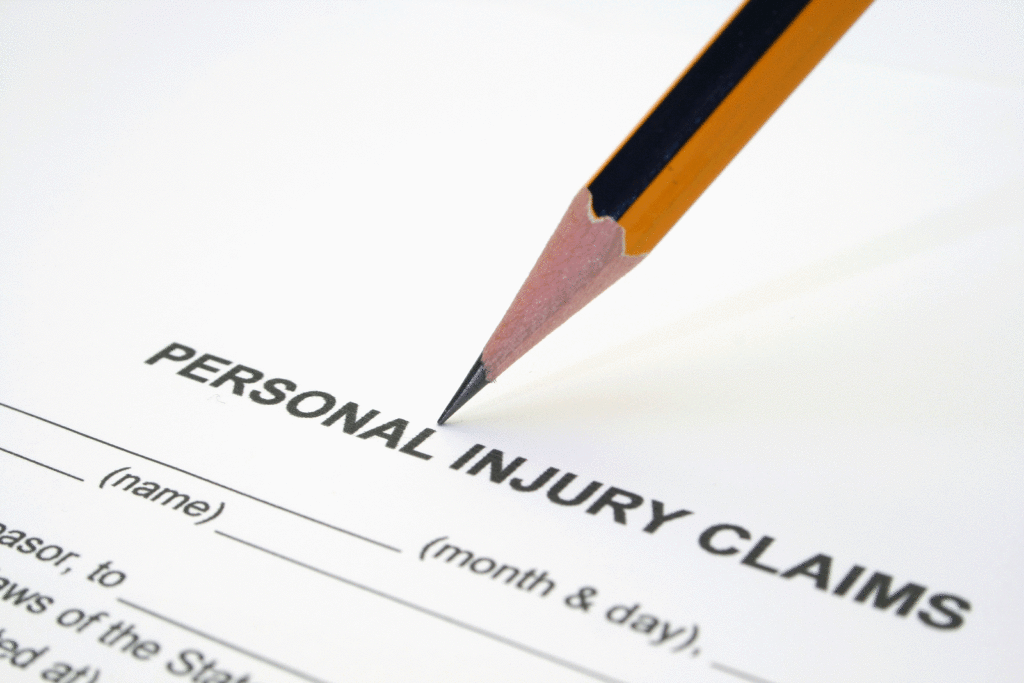Now Reading: Neck and Back Pain After an Accident
-
01
Neck and Back Pain After an Accident
Neck and Back Pain After an Accident
Many of us associate neck and back pain with getting older — an unavoidable part of the aging process. Yet for many Americans, neck and back pain is a direct result of a car accident.
Depending on the type of injury suffered in a collision, obtaining a settlement or award for a neck or back injury may be a straightforward matter. In some cases, however, you will need to carefully document your client’s medical history and limitations in order to prevail. You’ll also need to work collaboratively with your client to ensure that you can demonstrate proximate cause.
Because these injuries can lead to lifelong pain, having a solid strategy at the start of the case is vital. These tips will help you understand more about these types of injuries and how you can get the best possible outcome for your client.
Potential Causes of Neck and Back Pain Post-Accident
Anyone who has been in a motor vehicle collision understands that it generally involves an element of force: one object slamming into another. Even at relatively low speeds, this can cause damage, as our bodies move in one direction from the force of the crash and then are suddenly stopped by a seat belt, steering wheel, airbag, or some other object. This is particularly true for the relatively sensitive spine and spinal cord.
The spine runs from the base of the skull to the pelvis. It is made up of a series of bones, called vertebrae, that are cushioned by discs that help to absorb shock. The spine is divided into 3 sections: the cervical spine, or neck, the thoracic spine (mid-back), and the lumbar spine (or lower back).
Inside of the spine, the spinal cord consists of a bundle of nerve fibers that runs from the brain through a canal in the center of the spine. The spinal cord is covered by the meninges and cushioned by cerebrospinal fluid. The spinal nerves connect the brain with nerves throughout the body, sending messages to and from the brain and the body.
The jerking motions that are typical in a car accident may lead to injuries to the spine and spinal cord — which typically results in neck and back pain. Because the spine and spinal cord are relatively delicate, it isn’t unusual for the force involved in a collision to cause neck and back problems.
A client who has been in a car accident may report neck and back pain. Common causes include:
-
- Whiplash: typically caused by one vehicle hitting another from behind, this injury involves soft tissue damage to the muscles and ligaments of the neck. A person with whiplash may experience neck pain and stiffness, loss of range of motion in the neck, increased pain with movement, headaches, fatigue, dizziness, back pain, and tenderness or pain in the shoulders, upper back, or arms.
- Spinal fractures: a high speed or more serious car accident may cause a fracture along any part of the spine. A person who suffers a spinal fracture may not survive the injury; if they do, they may have a permanent disability and suffer from chronic neck and back pain.
- Soft tissue injuries: any motor vehicle collision may cause damage to the soft tissues of the body, such as contusions (deep bruises), stress injuries, strains, bursitis, sprains, and tendonitis. Although many insurance companies are skeptical of soft tissue injury claims, these types of injuries can cause severe pain, require ongoing treatment and may even require surgical intervention.
- Spinal cord injuries: a severe wreck may cause damage to the bundle of nerves that are otherwise protected within the spine. Because these nerves carry signals between the brain and the body, any injury to the spinal cord could cause permanent changes in ability. This may include loss of strength, sensation or bodily functions below the injury site, such as difficulty breathing or coughing, loss of movement, changes in sexual function, exaggerated reflex activities or spasms, loss of bowel or bladder control, and/or pain or a stinging sensation.
Clients who experience these types of injuries may have difficulty admitting the full scope of their limitations. Showing compassion and empathy for their situation will help them be honest with you so that you can put together a strong claim for damages.
Proving Soft Tissue Injuries
Although there are many potential causes of neck and back pain after a motor vehicle accident, one of the most common reasons is a soft tissue injury, which may include whiplash or a sprain or strain of the muscles in the neck or back. Many of these injuries may not be felt until days or weeks after the accident, so clients may not seek medical treatment immediately.
Unlike other types of injuries, such as fractures, proving soft tissue injuries can be challenging. First, clients often do not seek immediate diagnosis or treatment because they are often not in pain until several days or even weeks after they are hurt. This makes it difficult to establish that the injury was caused by the crash.
Second, there is not an objective diagnostic test for soft tissue injuries, such as an x-ray or even an MRI. Instead, you will need to rely on more subjective evaluations from treating medical professionals. These types of injuries are very real, but because they are effectively invisible, they can be hard to prove.
As a personal injury attorney, it is your responsibility to document the existence of a soft tissue injury or injuries. This can be done in a variety of ways. Evidence may include:
-
- Medical records, including notes of diagnosis
- Records of treatment from providers such as physical therapists
- Affidavits from physicians and other healthcare providers
- Testimony from doctors and other experts
- Affidavits or testimony from friends and family regarding the client’s limitations
While this type of injury can be harder to prove than a broken bone, because they happen so frequently, insurance adjusters and juries are familiar with this type of evidence.
Encouraging Your Client to Seek Medical Treatment for Neck and Back Pain
One of the challenges that personal injury lawyers face is the client who is either (1) noncompliant with medical treatment or (2) minimizes their pain. While the impulse to “tough it out” may be understandable, it can and will backfire — with a lower settlement or award.
Insurance companies will use any excuse to avoid or reduce liability. A client who delays medical diagnosis or treatment, who fails to follow through on their prescribed treatment, or who denies being in pain or having limitations is a client who will not be fully compensated for their losses.
Explain this reality to your client. Tell them these 3 simple facts:
- Delaying diagnosis and/or treatment will likely make their condition worse: the sooner that they seek medical attention, the more likely it is that they will recover from their injuries.
- Putting off treatment will give the insurance company a reason to deny their claim: if they do not get evaluated immediately or if they do not follow through on treatment, then the insurance company will argue that it was their actions that caused their injuries to be so severe — not their insured’s.
- The insurance company will claim their injury was pre-existing if they avoid treatment: without a prompt diagnosis after an accident, the insurance company may (successfully) argue that their neck or back injury was unrelated to the collision. Having a record of the injury immediately after the crash can establish a connection between it and their pain.
With your client’s cooperation, demonstrating proximate cause is a far simpler process. Be sure that your client understands the necessity of obtaining and diagnosis and continuing their treatment from the start of your representation.
Neck and back pain can be incredibly debilitating, preventing your client from working and impacting their quality of life. It’s vital to have a solid strategy for obtaining compensation for their injuries — including addressing the challenges that often arise in these types of cases.
Thomas G. Appel is an associate at the Appel Law Firm. Based in Walnut Creek, he represents clients in personal injury and workers’ compensation matters in Contra Costa and Alameda Counties.








